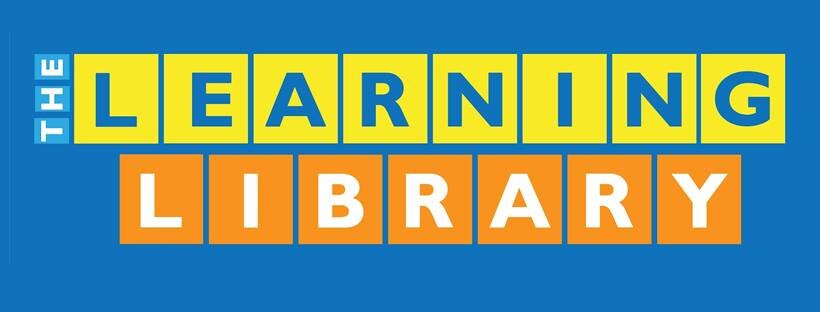Why is it so hard for my child to learn Filipino?
By Mik Reyes
Time and time again, parents have asked The Learning Library, "Why is it so hard for my child to learn Filipino?"
To put it simply — there are many factors that may contribute to your child having a hard time learning Filipino.
The difference between now and then
If you were a child or teenager during the 80s and 90s, you may remember tuning into shows like Batibot, Bayani, Hiraya Manawari, or even Sineskwela. You also might've been a diehard komiks fan, or you may have moved and grooved to the great OPM hitmakers on the radio. The fact of the matter is, you had a lot of exposure to the Filipino language.
Nowadays, resources to expose children to Filipino are harder to come by, despite the diversity of Filipino culture that continues to take on different forms. Your children are growing up in a world of media on demand. They get to control the shows they watch, the music they listen to, and the books they read; most children would choose shows, music, and books in English or other foreign languages over those in Filipino.
Exposure is crucial in learning Filipino
Many students who have trouble with Filipino lack exposure to the language. The Learning Library's Filipino Curriculum Head Niki Calma stresses that exposure to a language is a key factor in making it easier for children to learn. In fact, children should be exposed to a language for at least 30% of their waking hours in order to acquire it. This exposure should be of quality, such as enriching activities, conversations, or engaging learning materials. Situations where practicing and speaking Filipino are necessary, so that your child will be compelled to apply their Filipino language skills.
At school versus at home
There is also a difference between the Filipino used at home and the Filipino your children learn in school. There are differences in the words used, tone, regard for grammar, and environment. At home, Filipino is simply a way for children to say what they mean, and they may comfortably mix English and Filipino. In school, children are expected to use Filipino in a way that is organized, grammatically correct, and meaningful in a stricter environment.
The importance of using Filipino at home
Children who are exposed to a language early on pick it up more easily, and are found to have better pronunciation and retained grammatical skills. Introducing your child to Filipino early on is crucial. However, it is not too late for an older child to learn. While an older child may have initial difficulty picking up the second language, they can grasp vocabulary and grammar more easily because of their more developed cognitive skills.
Alternatively, some students have difficulty learning Filipino simply because they do not see its relevance. Many children primarily use English at home and at school, thus they see no point in learning Filipino. For these children, Filipino becomes a secondary means of communication, only to be used on special occasions or to talk to certain people.
To combat this, you may sit your child down and explain that Filipino culture is embedded in its many languages, more so in its national language. Moreover, you may explain the relevance of Filipino in their everyday lives. Allow them to appreciate the different situations where Filipino may be used. Practice conversing with your child in Filipino, especially about their interests and hobbies — let them see that communicating in Filipino can be just as enjoyable.
At the end of the day, learning and teaching Filipino is a wonderful and deeply personal experience with your child. From conversing in Filipino to enjoying different forms of entertainment in Filipino, teaching your child the language becomes another way to strengthen your bond with them.
At the very core, we at The Learning Library believe that learning Filipino should be enjoyable for your child, and we hope to become your partners in instilling the love for our language. To learn more about our Filipino programs, you may send us a message at inquiries@learninglibraries.com.
“1. Galliot, L. (2007, April 26). Language acquisition is a matter of exposure. The New York Times. https://www.nytimes.com/2007/04/26/style/26iht-alang.1.5454742.html.”
“2. Galliot, L. Ibid.”
“3. Lowry, L. (n.d.). Bilingualism in Young Children: Separating Fact from Fiction. http://www.hanen.org/Helpful-Info/Articles/Bilingualism-in-Young-Children--Separating-Fact-fr.aspx.”

